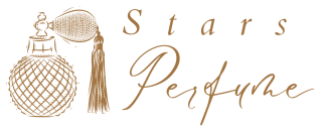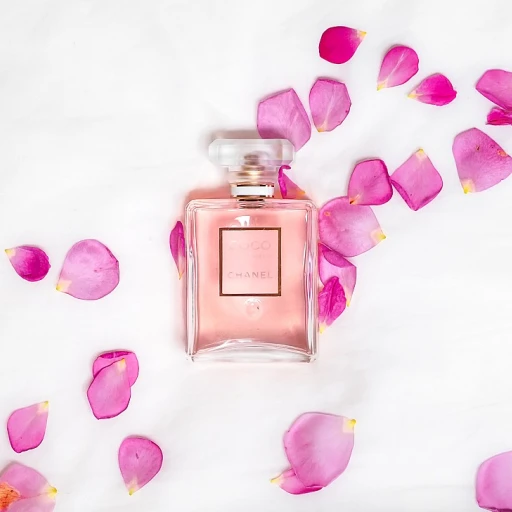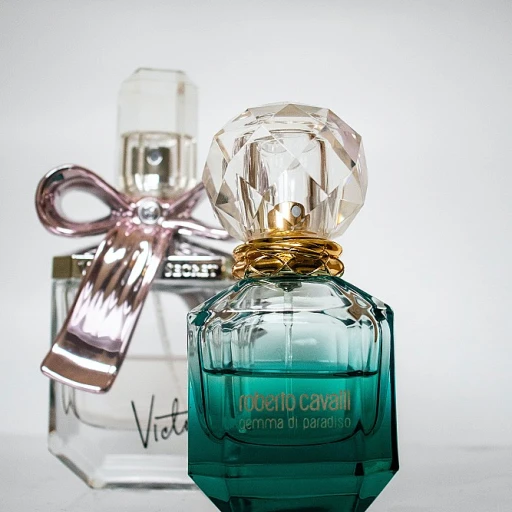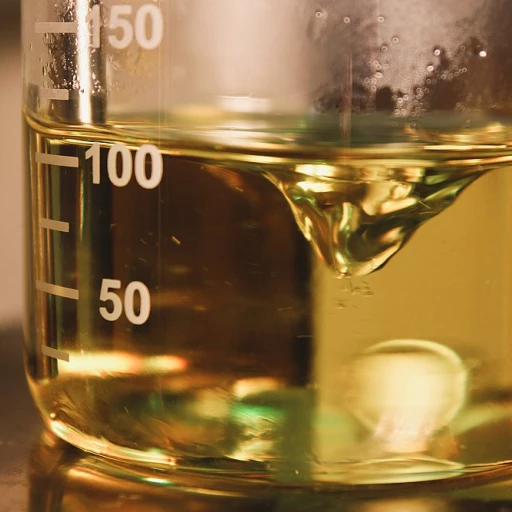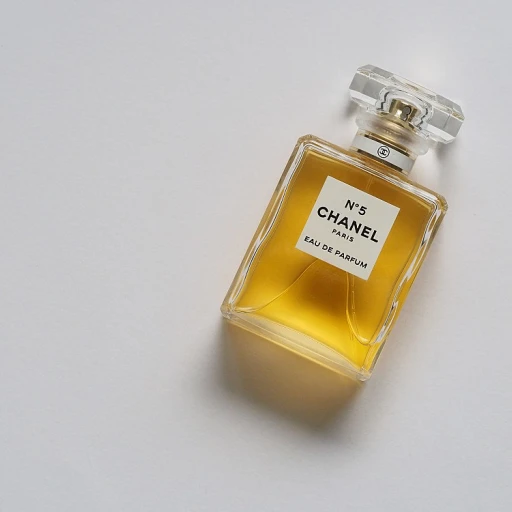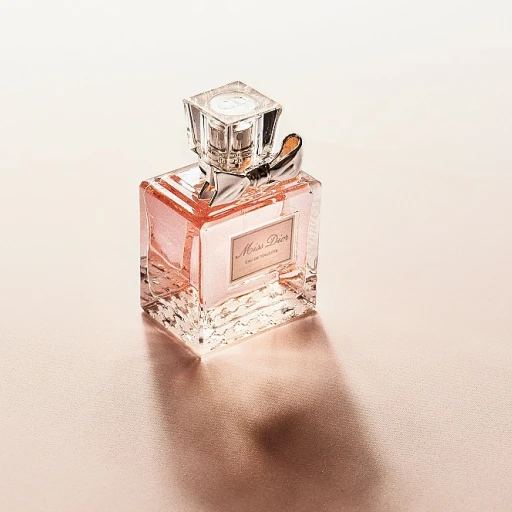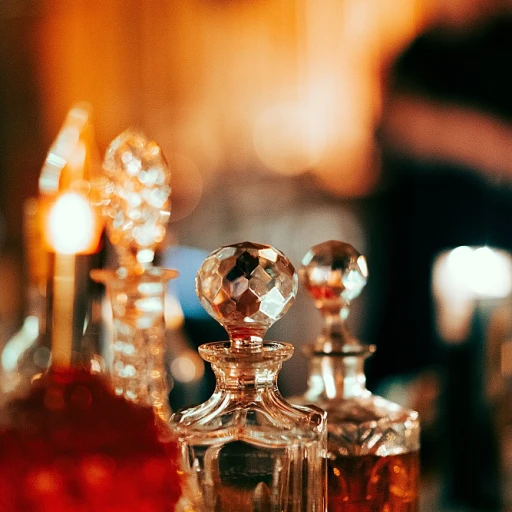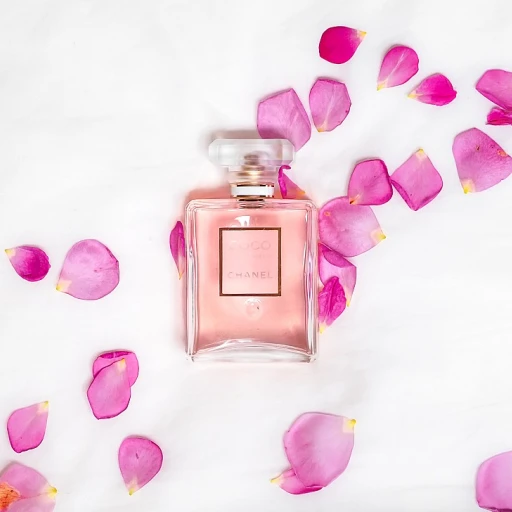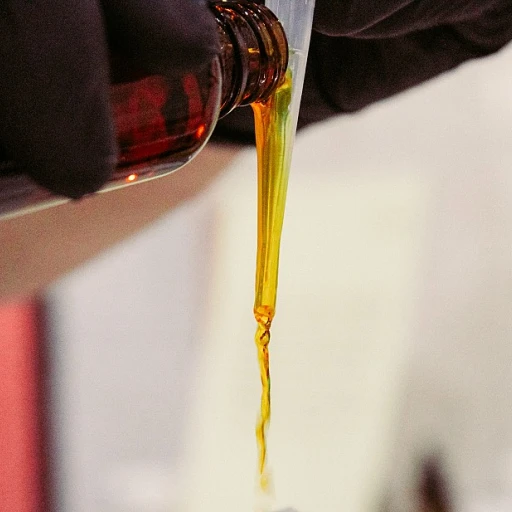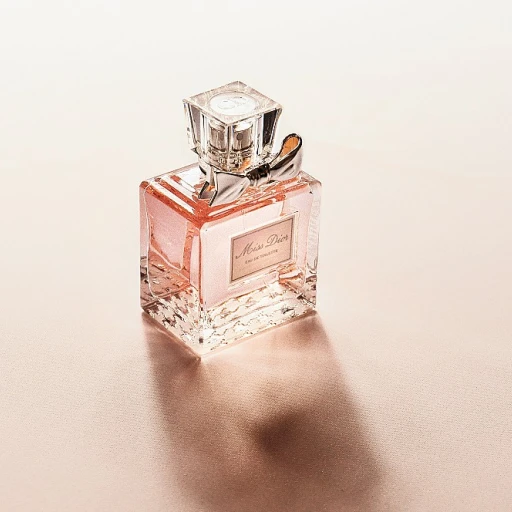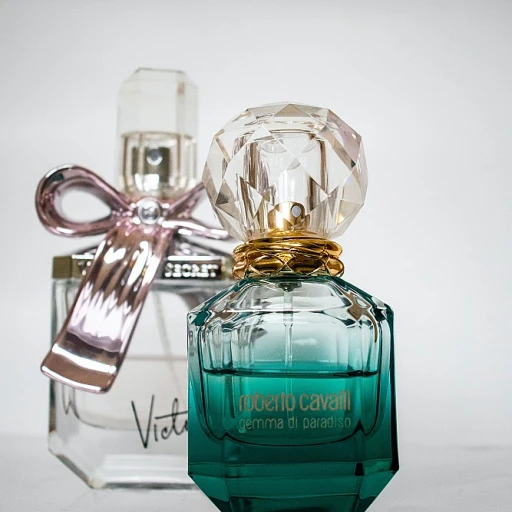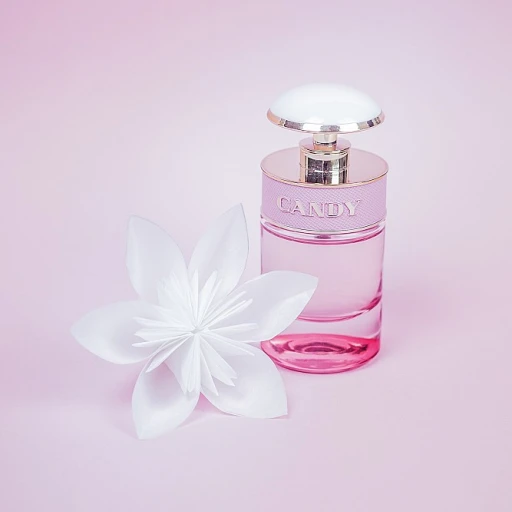
Understanding Fragrance Strength
The Secret Behind Eau and Perfume Concentrations
When you delve into the world of fragrances, you quickly discover the fascinating diversity in perfume strengths. It's these variations that define the lasting power and overall character of the scents we adore. The concentration of oils in a fragrance greatly influences its intensity and longevity, offering you a tailored olfactory experience that can be as unique as your own personal taste.
The core of understanding fragrance strength lies in its basic composition—specifically, the concentration of aromatic oils. Ranging from light eaux to the more intense parfums, each category offers a distinct degree of scent intensity, longevity, and diffusion. For instance, eau de toilette typically holds a lower concentration of perfume oils compared to eau de parfum or pure parfum. This key difference means the fragrance will project differently and last varying hours on the skin.
If you're on the quest for the ultimate fragrance, understanding these nuances becomes essential. You'll find that eau fraiche and cologne are perfect for those who prefer fresh, subtle scents, while those longing for a bolder presence might gravitate towards a parfum with a higher concentration. The rights reserved to categorize and select these products ultimately lie with personal preference, as well as the particular occasion or season they are suited for.
The Science Behind Scent Intensity
The Intricacies of Scent Dynamics
The science behind scent intensity is a fascinating realm that blends chemistry and artistry. Perfumes are more than mere aromatic liquids; they are intricate compositions where each ingredient plays a pivotal role in shaping the fragrance experience. Understanding the mechanics behind scent intensity can provide perfume enthusiasts with deeper appreciation and knowledge. In the world of perfumery, the magic resides within the concentration of fragrance oils. The concentration determines how potent a fragrance will be and consequently, how long it will last on your skin. The higher the percentage of oils, the stronger the scent will resonate.- Perfume Oil Concentration: The core of any fragrance is its concentration of perfume oils. Perfume oils are the essence that holds the aromatic intensity. The parfum concentration typically ranges from 20% to 30%. Such high concentration perfumes are known for their lasting power and can linger for hours even with minimal application.
- Variety in Fragrance Strengths: Understanding the different concentrations helps in appreciating their unique qualities. Each type—from fraiche concentration to eau cologne—offers its special allure. An eau de toilette, for example, contains a lighter concentration of fragrance oils than an eau de parfum, lending it a fresh and subtle character. This makes it perfect for everyday wear. Meanwhile, eau fraiche contains the least concentration, ideal for those who prefer minimal scent.
Categories of Fragrance Strength
Unraveling the Mystique of Fragrance Strength Classification
In the vast and enchanting landscape of perfumes, understanding the classification of fragrance strengths is pivotal. With different perfumes, eau toilettes, and even cologne concentrations vying for your attention, it is integral to grasp what these distinctions signify. The association between concentration and the lasting power of a scent determines how and when a fragrance should be worn.
Perfumes chiefly range in concentration and this not only affects their intensity but also their longevity. The higher the concentration of perfume oils, the more potent and long-lasting the fragrance will be. The allure of parfum concentrations lies in their ability to capture one's essence for hours, enveloping you in a luxurious aroma. These concentrations typically boast the greatest depth of base notes.
Next in line is eau de parfum, offering a robust scent presence though typically less intense than pure parfum. This concentration bridge often balances strength and subtlety, making them favored choices for both day and night wear. Eau de toilettes and eau de colognes, on the other hand, present lighter, fresher alternatives. Their subtler scent intensity and shorter wear time make them perfect for casual or daily use, providing a refreshing essence without overwhelming the senses.
Meanwhile, developing a sense of awareness about oils and perfume oil variations can add another layer to your perfume wardrobe. These concentrated elixirs provide a permeating scent identity without resorting to spraying. From eau fraiche concentrations offering a whispering essence, their subtlety serves those favoring understated elegance.
Ultimately, understanding these fragrance strengths empowers you to choose the right perfume for every occasion, mood, or season, enhancing your scented repertoire with intentionality and finesse.
Factors Influencing Fragrance Longevity
Factors that Affect the Longevity of a Fragrance
Understanding what influences the lasting power of your favorite scent can be as vital as choosing the fragrance itself. Several elements contribute to how long the alluring essence of your perfume clings to your skin, ranging from its concentration perfume to environmental factors.
Concentration and Type of Fragrance: The concentration of fragrance oils in the parfum largely dictates its durability. Eau de parfum, for instance, incorporates a higher concentration than eau de toilette, impacting how many hours its invigorating scent remains perceivable. Similarly, eau fraiche, with its fraiche concentration, offers a lighter, fleeting trail.
Perfume Oils and Skin Chemistry: The unique chemistry of your skin plays a pivotal role in how different perfume oils interact. Higher oil content in fragrances, such as oils eau or perfume oil, may cling longer to well-moisturized skin. Therefore, taking care of your skin can enhance the fragrance's anchorage. Our body's base notes, combined with the perfume's, create a distinct personal scent.
Environmental Conditions: The surrounding environment impacts fragrance strengths significantly. Warm weather may enhance the diffusion and intensity of a scent, yet it can also hasten the evaporation of perfume oils. Conversely, on cooler days, the oils tend to retain their scent longer, granting the fragrance a greater ability to last.
Application Method: Applying your scent strategically can extend its impact. Dab onto pulse points where the skin generates heat, such as wrists, neck, and behind the ears. This technique not only leverages the heat to emit the top notes but also ensures the fragrance's longevity throughout the day or night.
Recognizing these elements will guide you in maximizing the lasting enjoyment of your fragrances, helping you to select scents that align with your personal lifestyle and environment preferences.
Choosing the Right Fragrance Strength for You
Determining the Perfect Fragrance Strength for Your Signature Scent
Delving into the world of fragrance reveals a mesmerizing spectrum of perfume strengths, each with its unique appeal and purpose. Selecting the ideal parfum concentration that matches your personality and lifestyle is essential to elevate your scent game. Understanding the intricacies of perfume strength begins with recognizing different concentrations. Ranging from fresh, light sprays to rich, lasting oils, the intensity of fragrance can change how a scent projects and lingers throughout the day.- Eau Fraiche: For those who favor subtlety, eau fraiche offers a breezy, almost ethereal presence with its minimal concentration. Perfect for refreshing oneself on a warm day.
- Eau de Cologne: Slightly stronger than eau fraiche, eau de cologne provides a fresh, invigorating touch. This concentration suits an environment where a more understated fragrance is desired.
- Eau de Toilette: Offering a balance between subtlety and perceptibility, eau de toilette is versatile for daily vibes, providing fresh top notes that delight for many hours.
- Eau de Parfum: Transitioning to the more concentrated end of the spectrum, eau parfum delivers depth with its robust fragrance notes. A balanced composition of fresh top notes and intense oils, this concentration offers enduring olfactory pleasure.
- Parfum or Perfume Oils: The pinnacle of fragrance strengths, parfums, with their high concentration of perfume oils, offer a potent, lasting power and richness. Ideal for those who desire an all-day scent with a significant presence.
The Art of Layering Fragrances
The Subtle Symphony of Layering Scents
Mastering the art of layering fragrances transforms your sensory experience, allowing you to create a signature aroma that is uniquely yours. It’s about weaving together various fragrance notes to elevate scent intensity and longevity. Layering requires an understanding of the concentration of your perfumes, including eau de parfum, eau de toilette, and perfume oils. The different strengths, as discussed earlier, influence how the layered scents will interact and evolve over time. Here, we delve into the techniques of layering that can enhance the lasting power of your favorite scents.- Start with the Basics: Begin by selecting a base scent—often something with deep, rich base notes, like woods or musks. These notes will serve as the foundation, holding the fragrance intensively for hours.
- Add a Middle Layer: Introduce a fragrance with a medium concentration, such as an eau de parfum or toilette eau, that includes middle notes such as florals or spices. These notes will add depth and dimension, enriching the scent profile.
- Top it Off with a Fresh Note: Finally, choose a lighter, fresh scent such as an eau fraiche or cologne concentration, to bring out a refreshing aroma. This top note will provide an immediate brightness that can introduce an airy or citrusy aspect to the final blend.
- Consider the Scent Family: When layering, it’s essential to ensure that the scents belong to a complementary fragrance family. For instance, pairing a white floral with a vanilla base is a classic combination.
- Mind the Application: Layer your chosen fragrances carefully, applying them to pulse points like wrists and neck to increase their lasting power. Allow each application to dry before applying the next to maintain the integrity of each parfum concentration.
